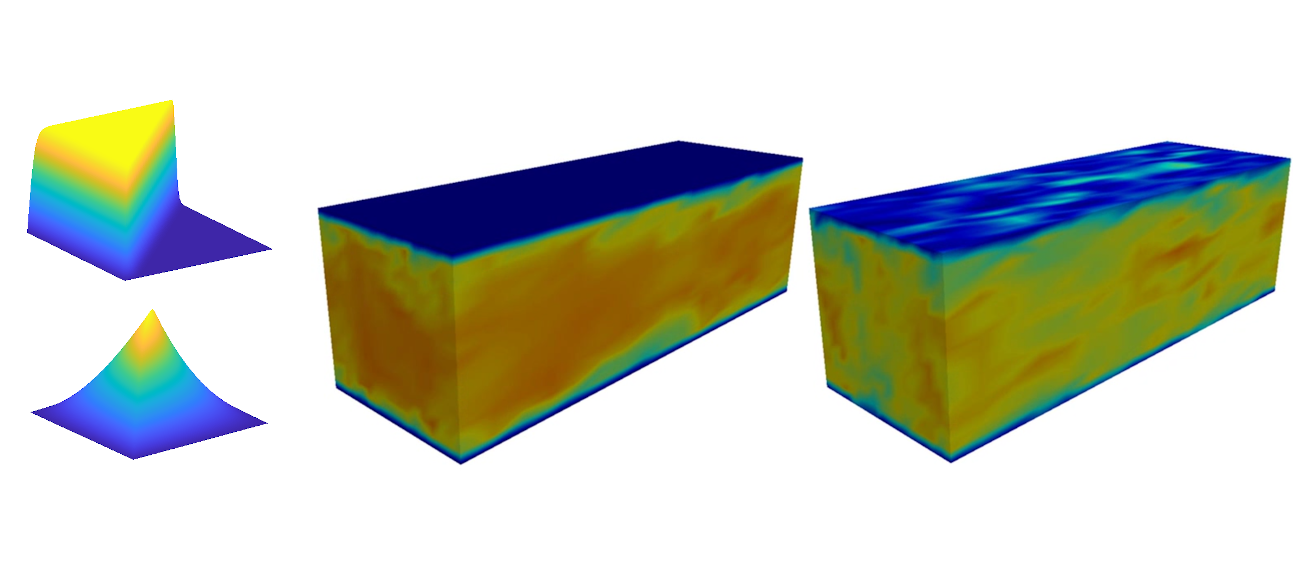Details
| Course name | Stabilized Finite Element Methods for Computational Fluid Dynamics (FEM III) |
| Module number | 13-E1-M018 |
| TUCaN course number | 13-E1-0018-vu (Lecture and exercise) |
| Lecturer | Prof. Dr.-Ing. Dominik Schillinger |
| Language | English |
| Term | Winter |
| Credit points | 6 |
| Examination | Oral exam, homework assignments |
Contents
Fundamentals mathematical background and problem statements
- Prototypical fluidmechanics equations: the advection(-diffusion), Burgers, Stokes and Navier-Stokes equations
- Relevant components of functional analysis theory
- Analysis of the model equations with emphasis on the challenges of finite element formulations
Solution strategies
- Stabilized methods: Galerkin least-squares (GLS), artificial diffusion, streamline-upwind Petrov-Galerkin (SUPG)
- Suitable interpolation pairs in mixed methods (e.g.Taylor-Hood)
- Discontinuous Galerkin methods
Multiscale modeling
- A short introduction to the physics of turbulence
- Classical turbulence models: Reynolds-averaged Navier-Stokes (RANS) and large eddy simulation (LES)
- The variational multiscale method
Remarks
Group exercise
The exercise sessions are integrated into the lecture. Each session is scheduled individually to align with the lecture content and will be announced as early as possible.



